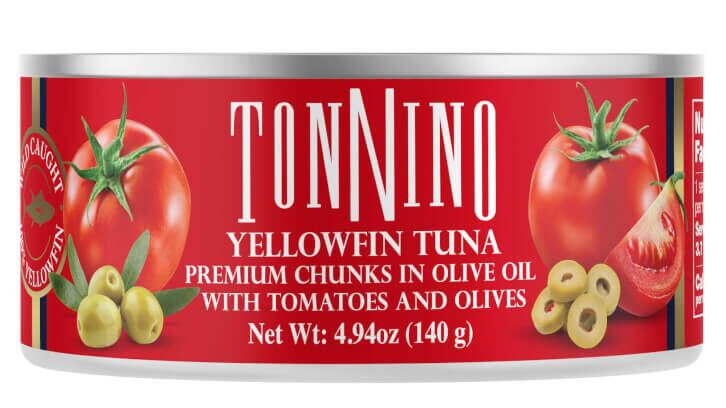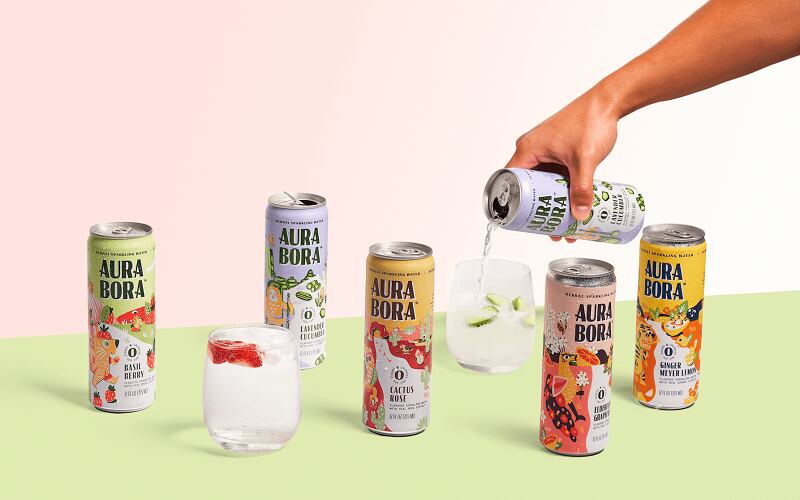Collaborations offer a unique way to expand awareness and product portfolios that can be mutually beneficial for both brands, the panel explained.
But before entering a collaboration, companies should ensure they have an established foothold in their current category, said Jason Parasco, chief commercial officer at condiment company Fly By Jing. Additionally, the new product should enhance "the tastes of both products," he added.
“Once you have a solid foundation in your core category, you can start to move into adjacencies, and those adjacencies can pay huge dividends. But with smaller brands or emerging brands, it's partnering with or collaborating with another exciting taste-centric brand that can move you in faster than you could by establishing your core,” Parasco said.
Fly By Jing launched two successful product collaborations — one with canned fish brand Fishwife and hummus brand Little Sesame — allowing the brand to be in more grocery aisles and more store shelves, he added.
“Major retailers are loving these collaborations, and they're looking to expand and bring them in. And when I look at an overarching brand strategy, it's how can I get Fly By Jing not just in the condiment aisle, but how can I get them in every single aisle in shelf stable possible because then you're going to have a billion-dollar brand,” Parasco said.
Successful collaborations are built on accountability, responsibility
Before Fishwife collaborated with Fly By Jing it ensured the partnership would generate “a tremendous return on that investment,” given the costs required to create a co-branded offering, said Becca Millstein, brand co-founder and CEO.
Two years ago, Fishwife launched its canned fish product with Fly By Jing chili crisps, which started as a limited-time offering (LTO), she explained. Unsure how well the product would do given the MSRP of $14.99, the companies started in “a concentrated, focused way in just a couple of regions” before finding success in Whole Foods, she added.
The Fly By Jing product was so successful that Fishwife made it a permanent addition to its portfolio, Millstein said.
Product collaborations often break down when there isn't a clear understanding of the goals and objectives between the two brands, she noted.
“When you don't clearly allocate accountability and responsibility and have a very clear definition of who owns what in a collaboration ... things can get messy,” Millstein said.
“You love your neighbor, but at one point they have hedges, and you have hedges”
Aura Bora Co-founder and CEO Paul Voge added that product collaborations aren’t magic bullets. If a collaboration sounds like too much work for a brand, then not doing it might be good idea, he said.
Voge’s friendship with olive oil brand Graza’s founder, Andrew Benin, led to the creation of Aura Bora’s non-alcoholic Olive Oil Martini, made with Graza, and a part of its success was ensuring goals were understood from the start and that the friendship wouldn't be impacted.
Graza and Aura Bora used each others' consumer email list to promote the collaboration, and in turn, each of the brands, but that can quickly become a sensitive matter, Voge noted.
“It’s an amazing way to find a new audience, just on the simple aspect of you have an email list, [and] I have an email list. Some of my emailers know about Graza, [but] don't know about Aura Bora, or vice versa. It was an amazing way to introduce both people to both products.”
Voge added, “On the other hand, some of these arrangements are dicey, particularly if it's with a friend. Their list is bigger, our list is smaller, whatever it is. Things just get sensitive. You love your neighbor, but at one point, they have hedges, and you have hedges, and it gets a little dicey figuring out who's responsible for cutting the hedges.”




